|
Getting your Trinity Audio player ready... |
Tabla de Contenido/ Table of Contents
- 1 Miami-Dade County Levine vs Elon Musk’s DOGE: A Larger Government or Greater Efficiency?
- 1.1 A Comparison Between Miami-Dade County and the Federal Reduction Proposal by Trump and Musk
- 1.2 Donald Trump’s Proposal: A Leaner and More Agile Government
- 1.3 How Does Each Strategy Impact Citizens?
- 1.4 Direct Comparison: Federal vs. County
- 1.5 Is a Larger Government Justifiable?
- 1.6 Final Reflection: Two Contrasting Models
Miami-Dade County Levine vs Elon Musk’s DOGE: A Larger Government or Greater Efficiency?


A Comparison Between Miami-Dade County and the Federal Reduction Proposal by Trump and Musk
In the debate over the size and efficiency of government, two radically opposing approaches stand out: while former President Donald Trump, with the support of Elon Musk, promotes the idea of a leaner and more agile federal government, Miami-Dade County Mayor Daniella Levine Cava leads a strategy of expanding the local administrative apparatus. Both models reflect contrasting visions on how government should be managed to meet citizens’ needs and efficiently administer public resources.
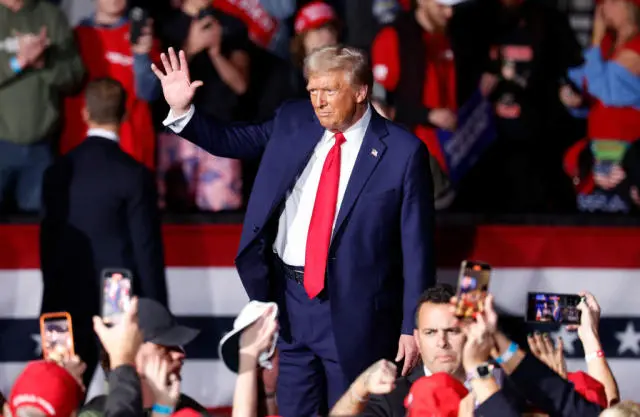
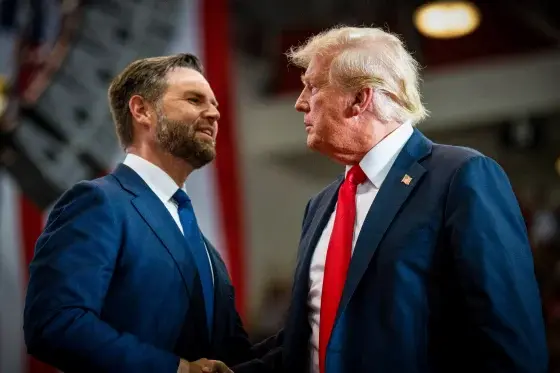

Government Expansion in Miami-Dade Under Daniella Levine Cava
Since taking office, Mayor Daniella Levine Cava has promoted a policy of expanding the county government, with a significant increase in the number of employees and associated public spending. This growth is reflected in concrete figures:
- 2022-2023: 30,050 employees.
- 2023-2024: 30,807 employees (an increase of 757 employees).
- 2024-2025: 31,247 employees (projected additional increase of 440 employees).
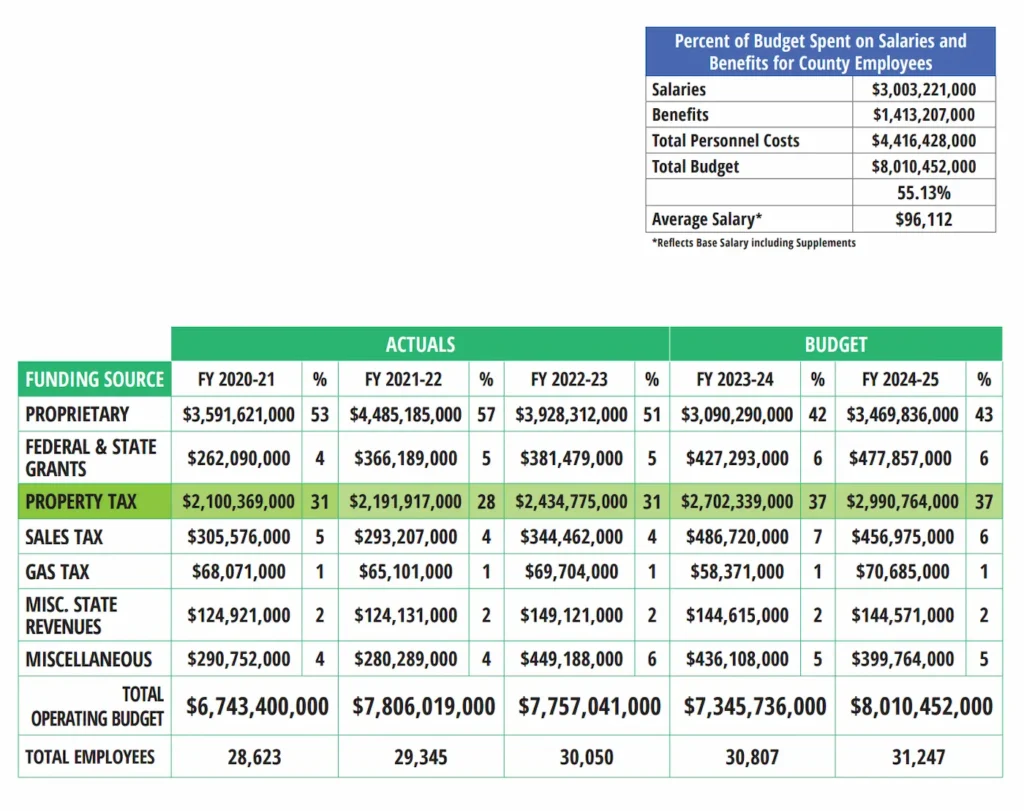
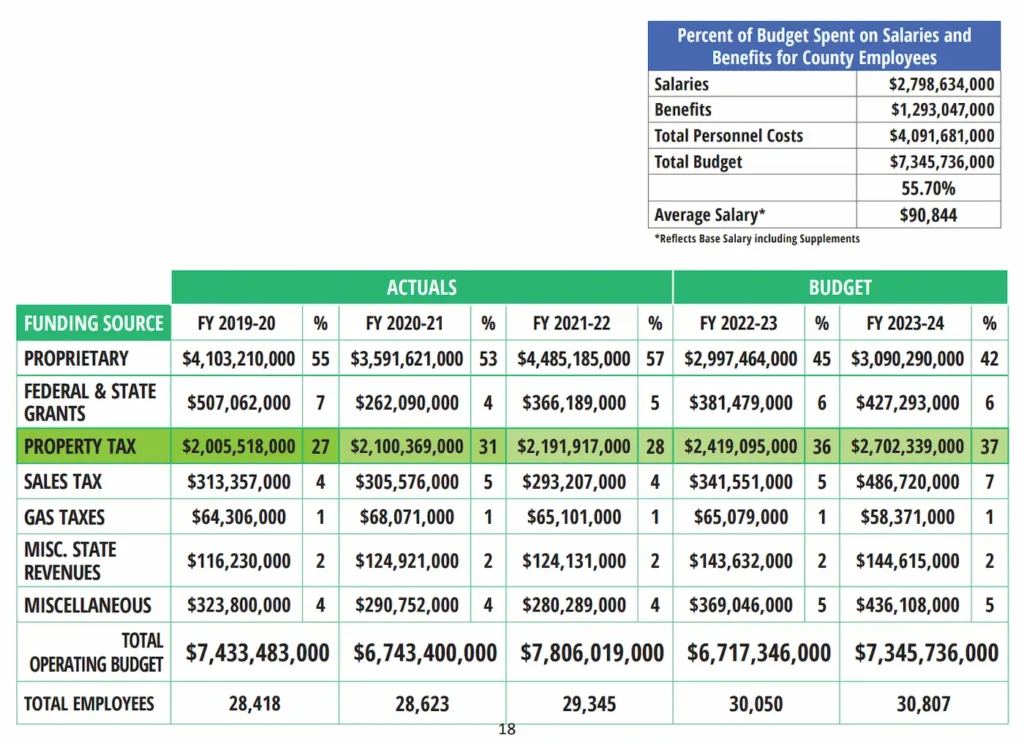
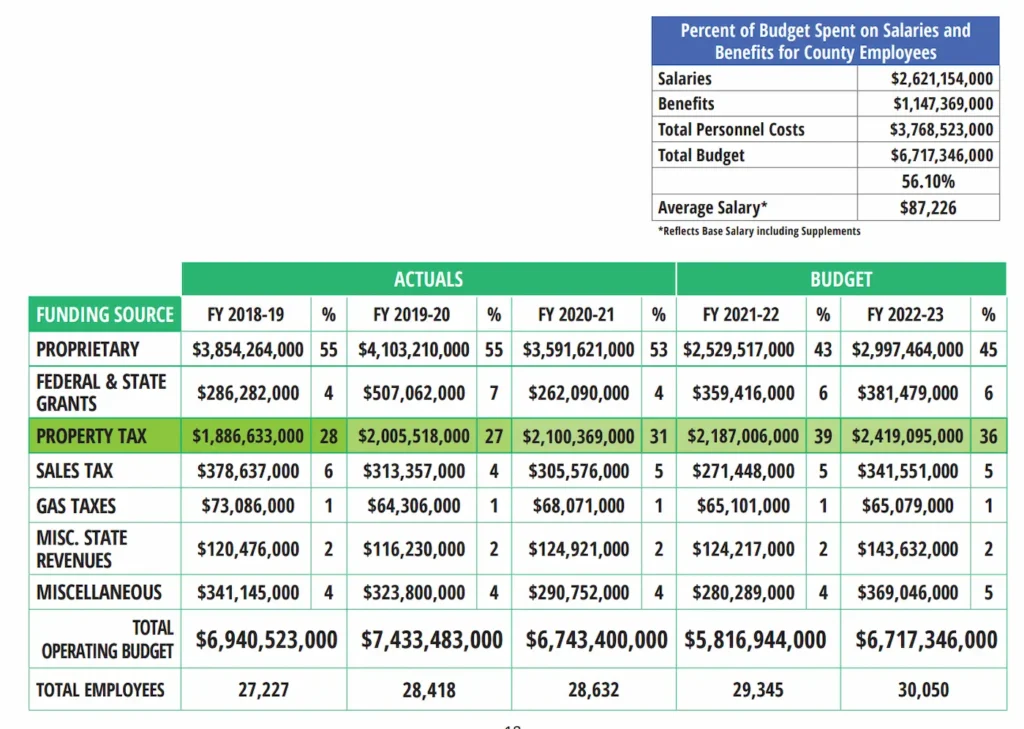
This cumulative increase of 1,197 employees over three fiscal years has resulted in a $382 million rise in salary expenses, from $2.621 billion in 2022-2023 to $3.003 billion projected for 2024-2025.
According to Levine Cava, this expansion addresses the need to better serve a growing population, improve public services, and ensure efficient administration. However, many citizens have questioned whether this model truly delivers results proportional to the cost.
Donald Trump’s Proposal: A Leaner and More Agile Government
At the federal level, former President Donald Trump has proposed a completely different strategy. With the support of Elon Musk, he introduced the idea of a Department of Government Efficiency (DOGE), designed to reduce bureaucracy and optimize public resources.
Pillars of Trump’s Federal Strategy
- Reduction of Agencies: Consolidate redundant functions to decrease the size of government.
- Process Simplification: Digitize procedures and leverage technologies like artificial intelligence to streamline citizen services.
- Fiscal Savings: Cut $2 trillion in federal spending to reduce national debt and alleviate the tax burden on taxpayers.
The central goal is clear: a smaller and more efficient government that prioritizes concrete results over unchecked growth of the administrative apparatus.
How Does Each Strategy Impact Citizens?
In Miami-Dade: A Larger Government, But More Efficient?
Despite the growth of the county administration under Daniella Levine Cava, many Miami-Dade residents have expressed frustration with bureaucracy and public services. Examples such as obtaining licenses, building permits, or access to social programs highlight recurring issues:
- Duplication of Functions: New hires that don’t always address real needs.
- Slow Processes: Despite increased staff, procedures are often longer and more complicated.
- Higher Tax Burden: Taxpayers face an increase in local taxes to fund government expansion.
At the Federal Level: Less Bureaucracy, More Agility
Donald Trump’s strategy proposes a different approach. Reducing the administrative burden would allow citizens to interact with a more agile government, with fewer procedures and associated costs. Additionally, fiscal savings aim to free up resources for infrastructure and economic development, rather than sustaining a bloated governmental apparatus.
Direct Comparison: Federal vs. County
| Aspect | Daniella Levine Cava (Miami-Dade) | Donald Trump (Federal) |
|---|---|---|
| Government Growth | Annual increase in employees. | Reduction in the size of the State. |
| Cost to Citizens | Increase in local taxes. | Fiscal savings through cuts. |
| Quality of Services | Marginal improvement or stagnation. | Focused on tangible results. |
| Administrative Efficiency | More bureaucracy and complexity. | Faster and simplified processes. |
Is a Larger Government Justifiable?
Under Daniella Levine Cava’s management, the county government has grown significantly, but hasn’t necessarily become more efficient. The general perception among citizens indicates that services remain slow and cumbersome, while the tax burden increases.
On the other hand, Trump’s federal proposal presents an approach oriented towards concrete results, eliminating redundancies and optimizing existing resources. Although this strategy faces operational challenges, it promises fiscal relief and greater simplicity in citizen-government interactions.
Final Reflection: Two Contrasting Models
The local approach of Daniella Levine Cava and the federal vision of Donald Trump represent two opposing paths in public management. Miami-Dade bets on a larger government, hoping to better meet citizens’ demands, while Trump advocates for a smaller and more efficient government, focused on results.
The key question is: which model offers greater value to citizens? A larger government may seem an immediate solution, but if it doesn’t translate into better services, it only increases the tax burden and bureaucracy. Conversely, a smaller and more efficient government, though ambitious, could ensure a more agile and effective administration.
The challenge lies in finding the ideal balance between size and efficiency, so that government truly fulfills its purpose: to serve citizens effectively and sustainably.
Want more post like this?
Head over to our homepage for the latest updates from South Florida and beyond:








